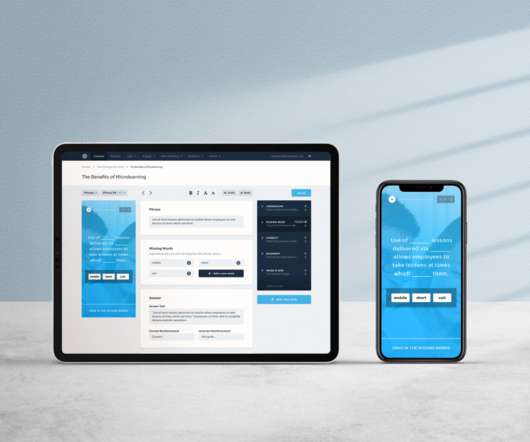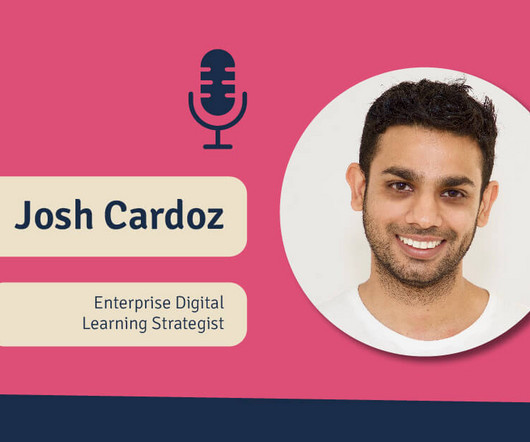Virtual Communities Of Practice: 9 Tips To Engage Participants
eLearning Industry
APRIL 27, 2018
Do you want to create a community of practice online? Learn how to engage participants in virtual communities of practice when everyone is in different locations and cannot see one another (which can be quite challenging). Have you tried using a webinar format but people aren’t talking?
















































Let's personalize your content